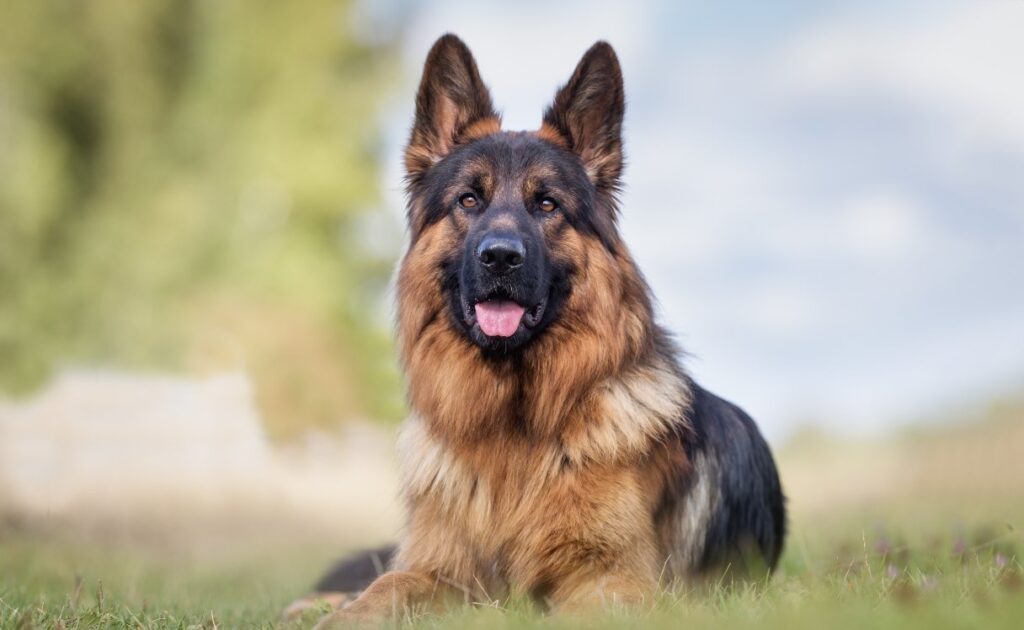
Table of contents
- 1. Labrador Retriever (Funny)
- 2. Golden Retriever (Pity)
- 3. French Bulldog (Cheerful)
- 4. German Shepherd (Protective)
- 5. Poodle (Most Cute)
- 6. Beagle (Gentle)
- 7. Cavalier King Charles Spaniel (Adorable Cute)
- 8. Bulldog (English or American)
- 9. Border Collie (Most Furry)
- 10. Chihuahua (Naughty)
- Tips for Choosing the Right Breed
- Conclusion
First time dog owner must know about the breed who are the best dog breeds here that listen to you, care and love you easily. Alright, let’s dive into some of the top dog breeds you might consider welcoming into your home. I’ll give you a rundown of ten popular breeds, touching on their temperaments, exercise needs, grooming requirements, and general suitability for different family situations.
1. Labrador Retriever (Funny)

Overview: Labs dog breeds are consistently top the charts as America’s most popular dog breed, and for good reason. They’re friendly, outgoing, and intelligent—qualities that make them stellar family pets.
Temperament: Exceptionally sociable and good with kids of all ages. They get along with other pets and strangers.
Exercise Needs: High. Labs were originally bred as hunting and retrieving dogs, so they require at least an hour of vigorous exercise daily—think long walks, hikes, or swim sessions.
2. Golden Retriever (Pity)

Overview: Golden Retrievers share many similarities with Labs dog breeds—sweet dispositions, excellent trainability, and high intelligence. They often serve as therapy or service dogs.
Temperament: Gentle, affectionate, and eager-to-please. They’re natural “velcro dogs” who love being close to their people.
Exercise Needs: High. Daily walks, play sessions, or obedience training keep them mentally and physically stimulated.
3. French Bulldog (Cheerful)

Overview: If you’re in a smaller living space or you’re not super active, a Frenchie could be a perfect match. They often serve as therapy or service dogs
Temperament: Playful, affectionate, and somewhat stubborn. They bond closely to their owners and tend to be alert but not excessively yappy.
Exercise Needs: Low to moderate. Short walks and light play sessions suffice. They’re prone to overheating, so avoid intense exercise in hot weather.
4. German Shepherd (Protective)

Overview: Renowned for intelligence and versatility, German Shepherds excel in roles like police work, search-and-rescue, and service assistance. They’re fiercely loyal and protective of their families.
Temperament: Confident, courageous, and steady. Early socialization and training are critical, as they can become overly protective if not properly guided.
Exercise Needs: Very high. These dogs need extensive mental stimulation in addition to physical activity—daily runs, agility training, or advanced obedience work.
5. Poodle (Most Cute)

Overview: Poodles come in three sizes—standard, miniature, and toy—so there’s flexibility for different living situations. They’re famously intelligent, highly trainable, and hypoallergenic (to some degree).
Temperament: Proud, alert, and highly trainable. They form strong bonds with their families and get along well with children and other pets.
Exercise Needs: Moderate to high (depending on size). Standards need more exercise—daily walks or job-like activities—while toys and minis are content with shorter play sessions.
6. Beagle (Gentle)

Overview: Beagles are small to medium-sized hound dogs known for their keen sense of smell and merry temperaments. They’re excellent with kids and other dogs but can be a handful if their hunting instincts kick in.
Temperament: Friendly, curious, and a bit mischievous. They love following scents, so “escape artist” tendencies can be an issue if your yard isn’t secure.
Exercise Needs: Moderate. Daily walks plus some sniff-and-explore time in a safely fenced area keep them happy. They’re energetic but not hyper.
7. Cavalier King Charles Spaniel (Adorable Cute)

Overview: This toy breed is all about companionship and cuddles. Cavaliers have a sweet, gentle nature that makes them excellent lap dogs.
Temperament: Affectionate, gentle, and adaptable. They love attention and may suffer from separation anxiety if left alone too often.
Exercise Needs: Low to moderate. Daily strolls and short play sessions are typically enough. They’re not overly energetic but still appreciate a chance to burn off energy.
8. Bulldog (English or American)

Overview: Bulldogs are known for their wrinkled faces, stocky builds, and mellow personalities. They’re often content with lounging around the house.
Temperament: Calm, dignified, and affectionate. They’re not high-strung, making them great “couch potatoes” who still enjoy short bursts of play.
Exercise Needs: Low. Short walks or gentle play sessions suffice. Be careful in hot weather—they’re prone to breathing difficulties due to brachycephalic (short-nosed) structure.
9. Border Collie (Most Furry)

Overview: Often hailed as the world’s smartest dog, the Border Collie is a high-energy working breed bred for herding sheep. They need a “job” to stay mentally satisfied.
Temperament: Intelligent, energetic, and incredibly trainable. Without adequate stimulation, they may become bored and resort to behaviors like excessive barking or digging.
Exercise Needs: Very high. At least two hours of vigorous exercise daily—running, agility, herding trials, or advanced obedience work.
10. Chihuahua (Naughty)

Overview: One of the smallest dog breeds in the world, Chihuahuas are big on personality. They form tight bonds with their owners and are known for their “big dog” attitudes in a tiny package.
Temperament: Feisty, loyal, and alert. They can be protective of their owners and may be wary of strangers if not properly socialized.
Exercise Needs: Low. Short walks and indoor play sessions suffice, though they still appreciate short bursts of activity.
Tips for Choosing the Right Breed
1. Assess Your Lifestyle:
If you’re highly active—hiking, running, or playing sports—breeds like Labradors, Golden Retrievers, or Border Collies might suit you. If you’re more laid-back or live in a smaller space, consider French Bulldogs, Chihuahuas, or Cavaliers.
2. Consider Family Dynamics:
For families with young children, gentle breeds such as Golden Retrievers, Labradors, or Beagles tend to be patient and tolerant. If you have adult guardians at home, lower-energy breeds like Bulldogs or Cavalier King Charles Spaniels can be ideal.
3. Evaluate Grooming Commitment:
Some breeds—Poodles, Golden Retrievers, and Border Collies—require regular brushing and occasional professional grooming. If you’re not keen on maintenance, short-haired dogs like Beagles or French Bulldogs are simpler to groom.
4. Factor in Health Considerations:
Flat-faced (brachycephalic) breeds—Bulldogs, Frenchies, and Pugs—are prone to breathing issues and overheating. Large breeds like German Shepherds can be prone to hip dysplasia.
5. Think About Training Needs:
Highly intelligent breeds (German Shepherds, Border Collies, Poodles) learn quickly but require mental challenges to stay happy. More independent breeds (Chihuahuas, Bulldogs) can be a bit stubborn during training.
Conclusion
At the end of the day, each dog is an individual. While breed characteristics offer a general guideline for temperament, energy level, and care requirements, you’ll also want to meet the dog, interact with them, and—if possible—talk to the breeder or rescue organization about their specific personality.
References


4 Responses